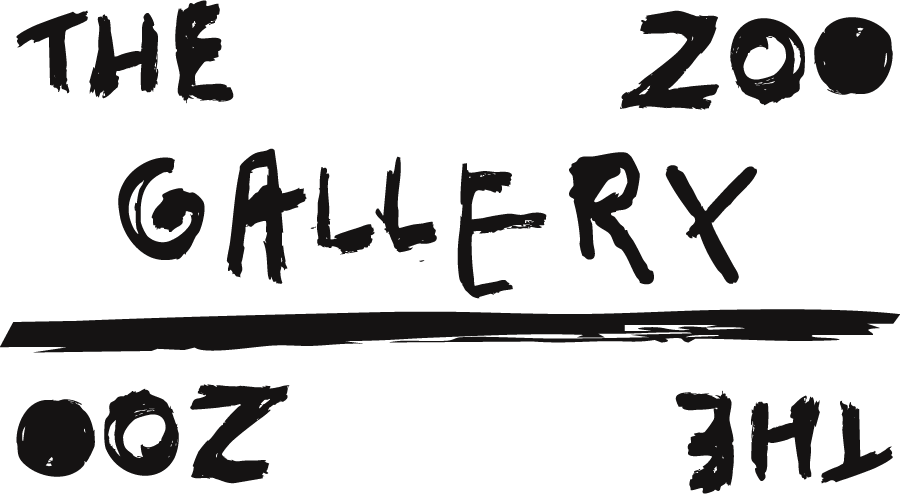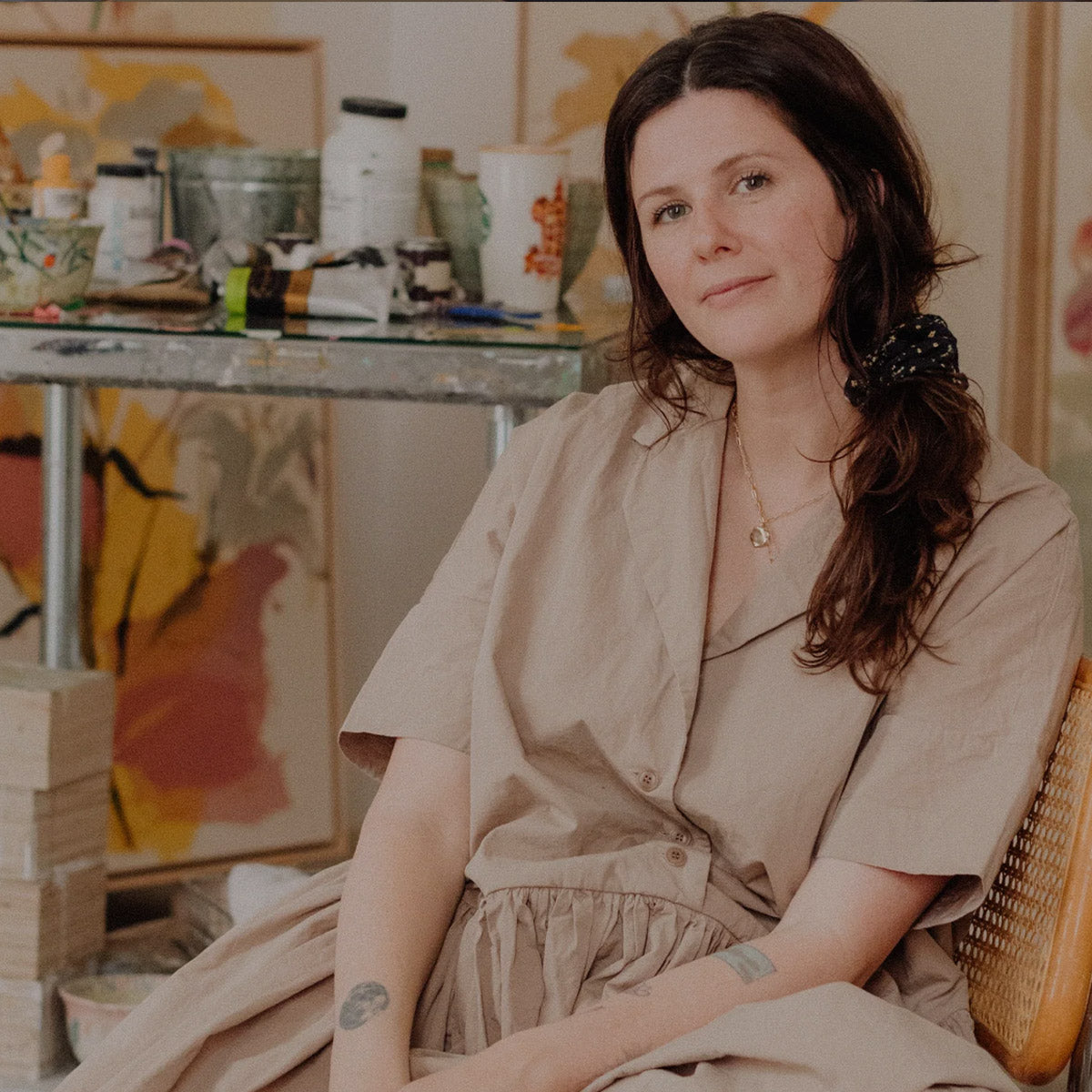
So just how much is too much? Is it possible to find a happy medium between looking like Plain Jane's frumpy BFF and Cruella de Vil? Obviously, we say yes (and you can too). Tastefully layering jewelry is a matter of balancing a few basic elements of design, so here we go:
Color & Pattern:
Color and pattern are used to set a collection's tone. Selecting a tone for your look and choosing a color scheme that is complementary to such a scheme are essential to layering harmonious pieces. For example, according to an article in The London Times when selecting a tone for her 2006 film Marie Antoinette, "At the start of pre-production, Coppola handed Canonero a box of pastel-coloured macaroons from the Ladurée pastry house. 'She told me, 'These are the colors I love',' recalls Canonero. 'I used them as a palette."

Shape:
Shape refers to the overall outline of a jewelry piece and adds interest to a collection of layered jewelry. A piece can be characterized as being symmetrical or asymmetrical, organic, or geometric, for example. Or it could be characterized by a pendant or jewel of a particular shape. Complement pieces of mostly one or two shapes with an accent piece of a different shape to make the collection 'pop'.
Line:
Line refers to the visual path that leads the eye in a certain direction. A piece's line can move horizontally, vertically, diagonally or in a curve while varying in length. Consider the size and length of both your body and apparel when contemplating the length and direction of your jewelry's lines.

Texture
Texture refers to the actual or perceived surface of a piece of jewelry. A piece can appear smooth, rough, polished, pointy, etched, woven, etc. Texture, like shape, adds interest to a piece. Choosing pieces that are similar in texture can add cohesiveness to layers.















Leave a comment
This site is protected by hCaptcha and the hCaptcha Privacy Policy and Terms of Service apply.